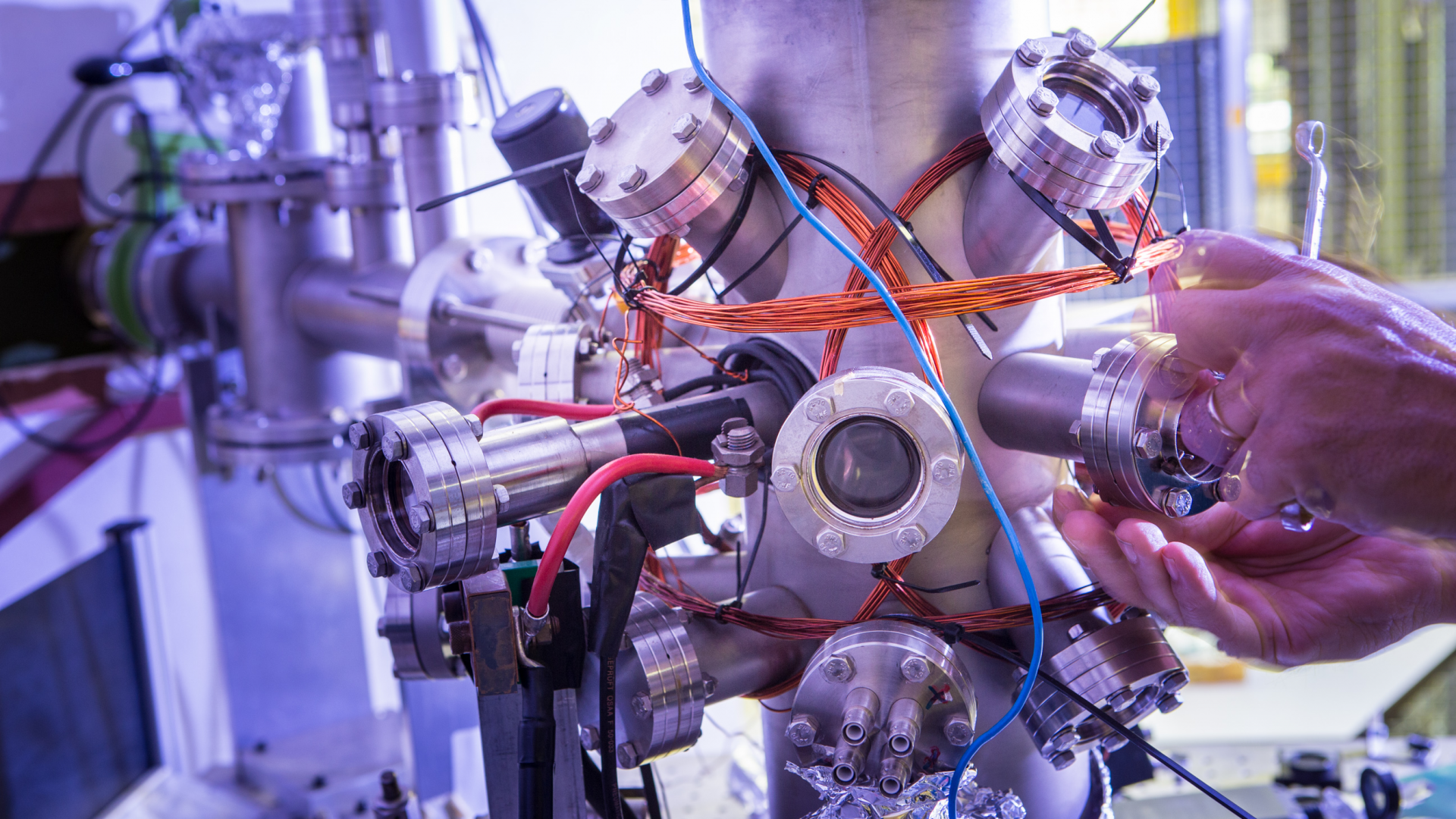Characterizing post-compression of mJ-level ultrafast pulses via loose focusing in a gas cell
The ability to generate high-intensity ultrashort laser pulses is a key driver for advancing the strong-field physics and its applications. Post-compression methods aim to increase the peak intensity of amplified laser pulses via spectral broadening through self-phase modulation (SPM), followed by temporal pulse compression. However, other unavoidable nonlinear self-action effects, which typically occur parallel to SPM, can lead to phase distortions and beam quality degradation. Here we study the ability to compress high-energy pulses by loose focusing in a noble gas to induce nonlinear spectral broadening, while limiting unwanted nonlinear effects such as self-focusing. We introduce ptychographic wavefront sensor and FROG measurements to identify the regimes that optimize pulse compression while maintaining high beam quality. Using a 700 mbar argon-filled double-pass-based scheme, we successfully compress 2 mJ, 170 fs, 1030 nm laser pulses to ∼35 fs, achieving 90% overall flux efficiency and excellent stability. This work provides guidelines for optimizing the compressed pulse quality and further energy scaling of double-pass-based post-compression concepts.








